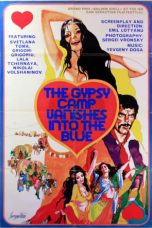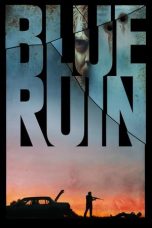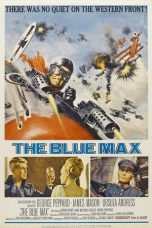- Source: Monte Blue
Gerard Montgomery Blue (January 11, 1887 – February 18, 1963) was an American film actor who began his career as a romantic lead in the silent era; and for decades after the advent of sound, he continued to perform as a supporting player in a wide range of motion pictures.
Early life
Gerard Montgomery Bluefeather was born in Indianapolis, Indiana to an Irish mother, Orphalena Lousetta Springer, while his father William Jackson Blue was believed to be half French and part Cherokee and Osage. He had three brothers; Charles Bertram, Leroy, and William Morris. His father was a Civil War veteran, and served as a scout for Buffalo Bill.
When his father died in a railroad collision, his mother could not rear four children alone, so Blue and one of his brothers were admitted to the Indiana Soldiers' and Sailors' Children's Home. He eventually worked his way through Purdue University in West Lafayette, Indiana.
Blue grew to a height of 6 feet 3 inches (1.91 m). He played football and worked as a fireman, boilermaker, coal miner, cowpuncher, ranch hand, circus rider, lumberjack, and day laborer at the studios of D.W. Griffith.
Career
Blue had no theatrical experience when he came to the screen. His first movie was The Birth of a Nation (1915), in which he was a stuntman and an extra. Next, he played another small part in Intolerance (1916). He also was a stuntman or stand-in for Sir Herbert Beerbohm Tree during the making of Macbeth (1916). Gradually moving to supporting roles for both D.W. Griffith and Cecil B. DeMille, Blue earned his breakthrough role as Danton in Orphans of the Storm, starring sisters Lillian and Dorothy Gish. Then, he rose to stardom as a rugged romantic lead along with top leading actresses such as Clara Bow, Gloria Swanson, and Norma Shearer. He most often acted with Marie Prevost, with whom he made several films in the mid-1920s at Warner Bros. Blue portrayed the alcoholic doctor who finds paradise in MGM's White Shadows in the South Seas (1928). Blue became one of the few silent stars to survive the sound revolution; however, he lost his investments in the stock market crash of 1929.
He rebuilt his career as a character actor, working until his retirement from films in 1954, and he played character roles in various television series until 1960, mostly Westerns, such as Annie Oakley. From the mid-1930s, he was a contract player at Warner Bros., working in character parts and as an extra.
One of his more memorable roles was as the sheriff in Key Largo opposite Lionel Barrymore.
For his contributions to the motion pictures industry, Monte Blue received a star on the Hollywood Walk of Fame at 6290 Hollywood Boulevard on February 8, 1960.
Personal life
Blue divorced his first wife in 1923 and married Tova Jansen the following year. He had two children, Barbara Ann and Richard Monte. During the later part of his life, Blue was an active Mason and served as the advance man for the Hamid-Morton Shrine Circus. In 1963, while on business in Milwaukee, Wisconsin, he died after suffering a heart attack attributed to complications from influenza. He is interred next to his mother-in-law, actress Bodil Rosing, at Forest Lawn Memorial Park in Glendale, California.
Selected filmography
References
External links
Monte Blue at IMDb
Literature on Monte Blue
Monte Blue portraits in the J. Willis Sayre collection of the University of Washington
Kata Kunci Pencarian:
- The Last Round-Up (film 1934)
- Betsy's Burglar
- Snake River Desperadoes
- Recompense (film)
- Being Respectable
- Those Who Dance
- So This Is Paris (film 1926)
- Hogan's Alley (film)
- Skin Deep (film 1929)
- Kiss Me Again (film 1925)
- Monte Blue
- Chevrolet Monte Carlo
- The Count of Monte Cristo
- Monte Cristo sandwich
- Park MGM
- Carole Lombard
- Herbie Goes to Monte Carlo
- Hogan's Alley
- Warpath (film)
- Monte Kiffin
- 1
- 2
The Count of Monte-Cristo (2024)
The Gypsy Camp Vanishes Into the Blue (1976)
The Blue Max (1966)
X-Men (2000)
Casino Royale (2006)
No More Posts Available.
No more pages to load.














